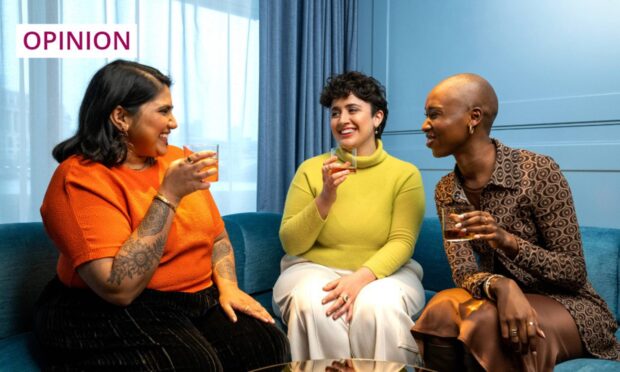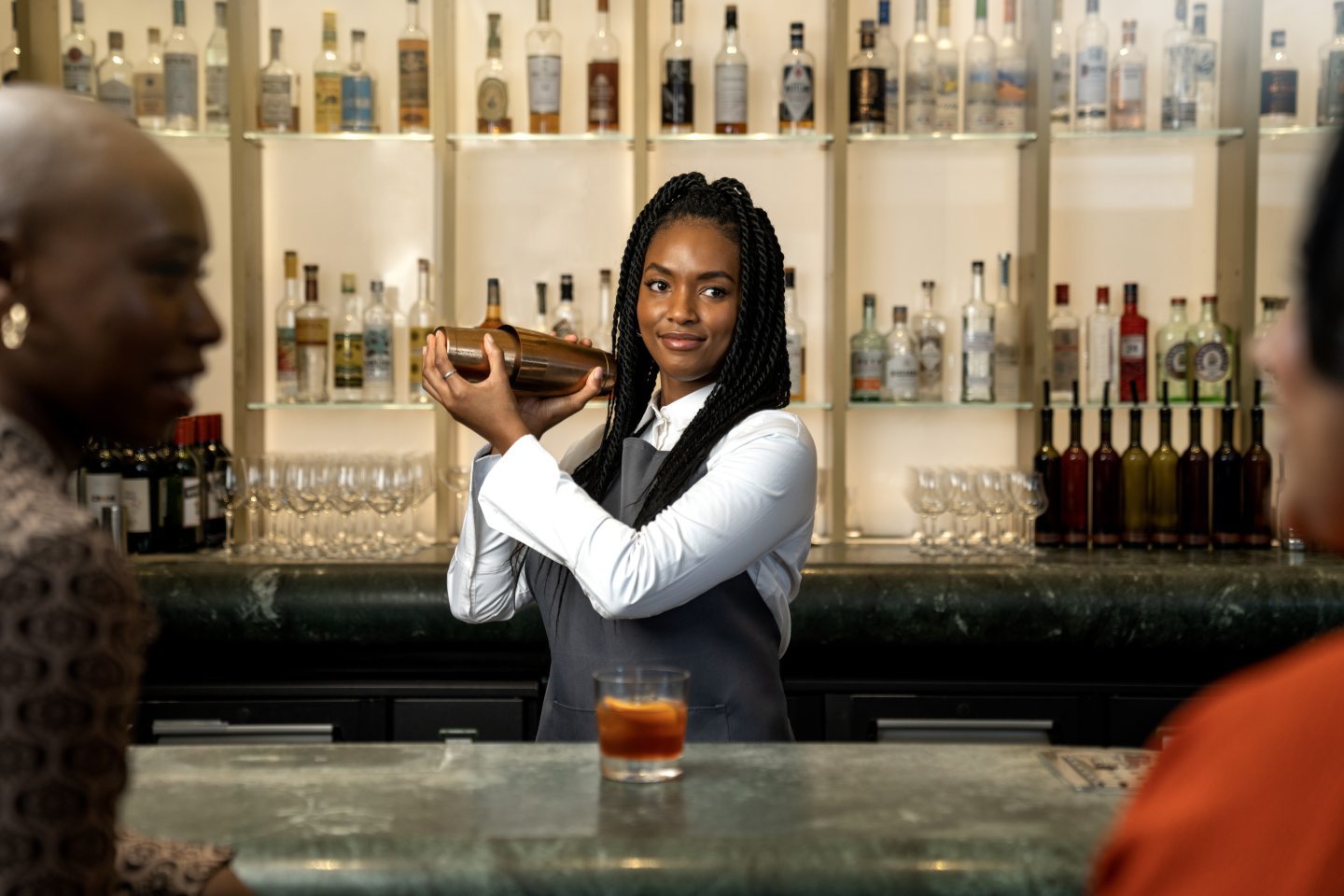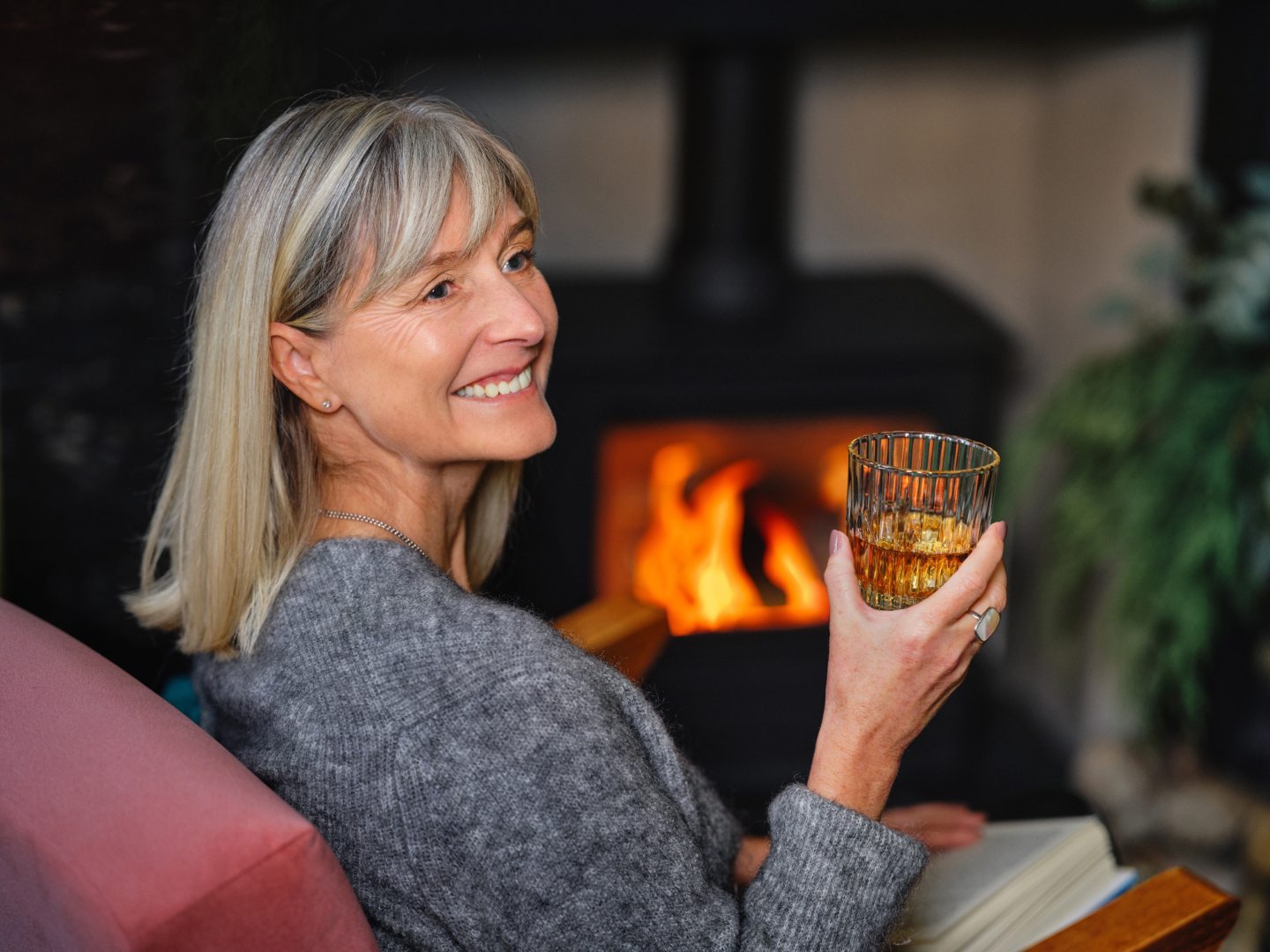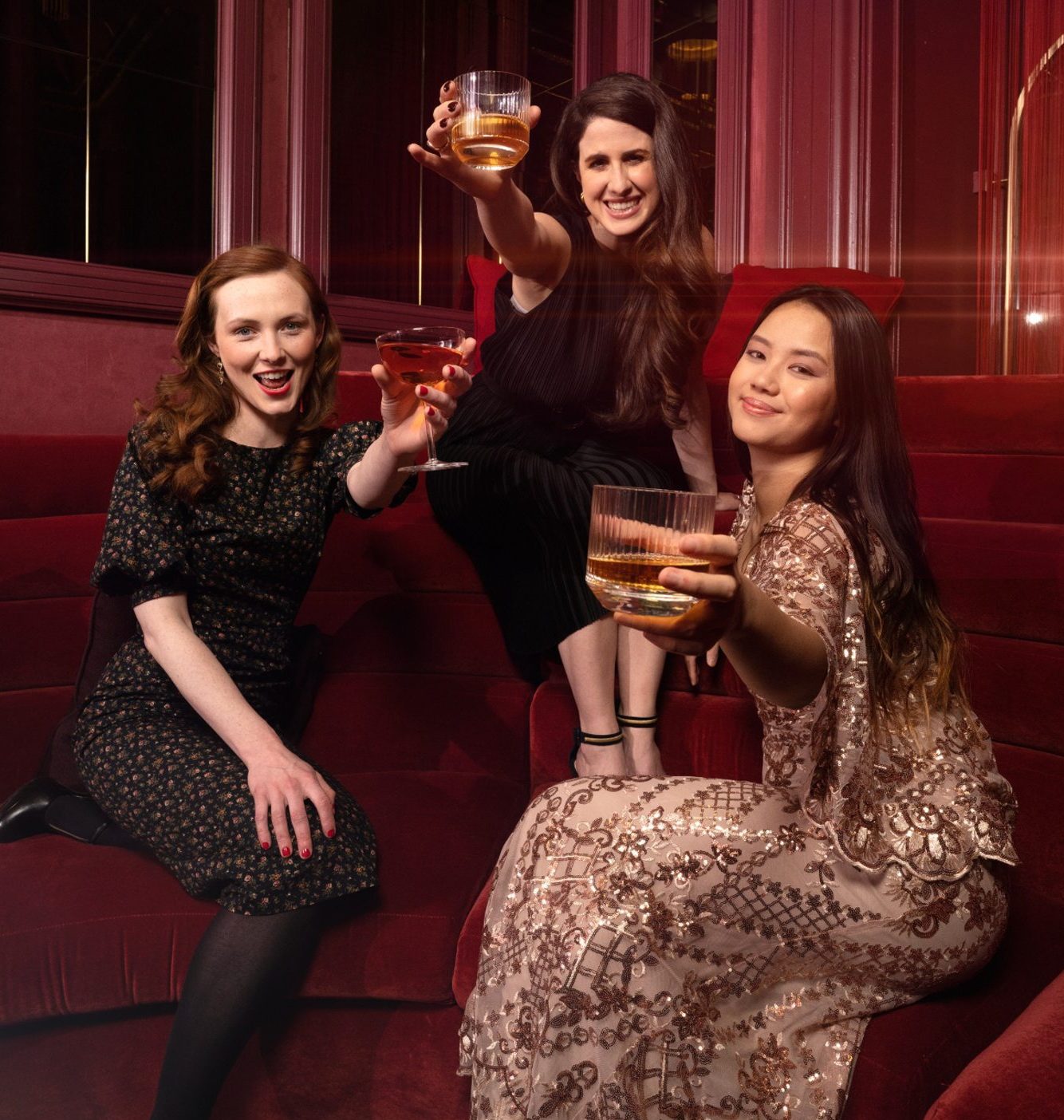Picture a whisky drinker.
Now, let me guess. You went for a man, middle aged or older. Maybe a tweed waistcoat, roaring fire, leather armchair and a labrador snoozing nearby. Or, perhaps a suave businessman cradling a glass of something expensive?
Either way, most people, when asked, do not think of a woman drinking whisky.
Today, more women are working in the whisky industry than ever before, and, yes, drinking and enjoying whisky, too. But you might not guess that from the way it is marketed or discussed, and that needs to change.
The OurWhisky Foundation, started by drinks journalist Becky Paskin, supports women to pursue and develop careers in the whisky industry, including through a highly-regarded mentoring programme.
There are no membership or participation fees for the organisation’s support; instead, the foundation relies on industry contributions and fundraising efforts. It also researches barriers to entry into the industry, and challenges the stereotypes that persist around whisky.
Last year, OurWhisky surveyed 600 women working in the global whisky industry, across production, logistics, retail, office, and in customer-facing roles. The results make for uncomfortable reading.
The largest challenge the respondents experienced, at 84% of those surveyed, was unconscious bias – outdated, sexist stereotyping about who belongs in the industry.
There are talented women working in every single area of the Scottish whisky sector, from visitor centres to stillhouses, as brand ambassadors, distillers, coopers, even master blenders. And, yet, of all these skilled, professional women, the same age-old question is always asked: “Do you actually like whisky?”
The OurWhisky Foundation‘s survey found that 81% of participants had been asked that question in their workplace, or while purchasing whisky. As a female whisky drinker, I’ve been quizzed dozens of times – but not day in, day out in my place of work. I can only imagine how aggravating and exhausting that must be.
‘Can I speak to a man instead?’
Despite the advancements in the discourse around whisky in recent decades, to many, a dram is still a man’s drink. This perception affects how women are treated and spoken to in and around the industry.
Women working in customer-facing roles at distilleries frequently have their knowledge and credentials questioned (89%), with 83% reporting that customers have asked to speak to a male colleague instead. Worse still, 70% report having received inappropriate sexual remarks in their workplace. Only 16% believe the global whisky industry is doing enough to challenge its stereotypes.
Ordering whisky can be intimidating, but it shouldn’t be
One issue concerns some of the language used to talk about whisky. In 2020, Jim Murray’s yearly Whisky Bible was criticised for its frequent sexualised descriptions of whisky, and lurid comparisons to women’s bodies and sexual conquests. Murray denied that his writing was sexist and called the criticism “an attack on free thought and free speech.”
How a female reader using his guide to explore whisky might feel was not addressed. To me, this language is outdated, unnecessary and exclusionary, and, thankfully, many other whisky writers agree.
Advertising and social media play a huge role in perceptions of whisky, and whisky drinkers. The OurWhisky Foundation analysed social media posts shared by the world’s leading whisky brands in 2020, and found 228% more images of men than women.
Newspapers and magazines often rely on stock images for whisky-related articles, which are, again, likely to include mostly men. To help counteract this, OurWhisky worked with photographers Jo Hanley and Christina Kernohan to create a library of free-to-use images depicting women and people of all genders, races, ages and sexualities enjoying a variety of whisky serves.
Whisky is for everyone
The way Scotland’s national drink is presented pubs and restaurants could also be made more accessible. Ordering whisky can be intimidating, but it shouldn’t be. Trying a snifter in a bar is a brilliant way to sample something new without splashing out on an expensive bottle.
I personally love when pubs have a dram of the week – something the bartending team are often keen to talk about and get you trying. Whisky tastings are great for this, too, when done with an inclusive approach. And let’s just park the assumption that women only like whisky in cocktails.
Whether you enjoy the taste or not, on this World Whisky Day (May 18), it’s worth remembering the drink is an integral part of Scottish culture, and it belongs to all of us. The whisky sector is a vital Scottish industry; it’s our biggest export, and distilleries support many rural communities with year-round employment.
People of all genders should feel empowered and inspired to work in that industry, and to simply order a dram without fear of ridicule, or worse. Last orders have been called on outdated stereotypes and sexist language: whisky is for everyone.
Ailsa Sheldon is a Scottish freelance journalist




Conversation